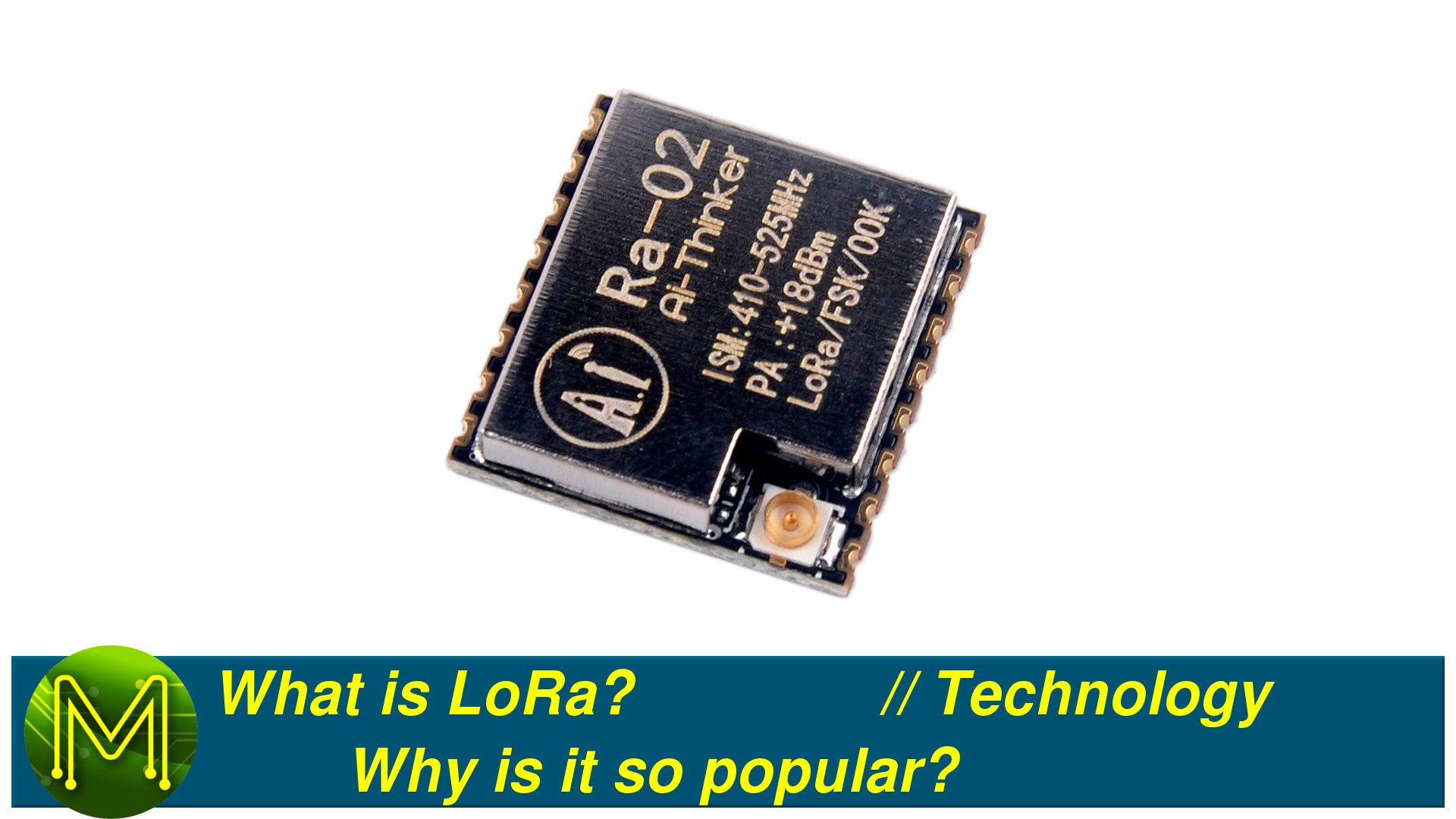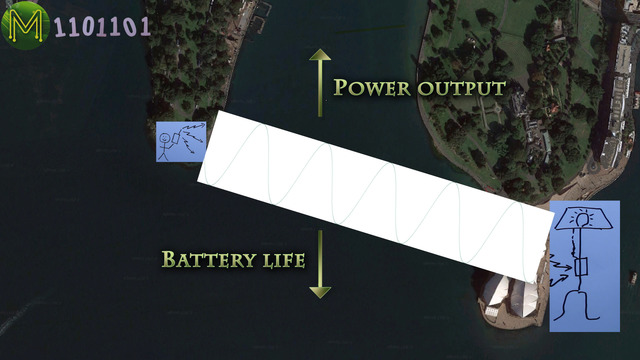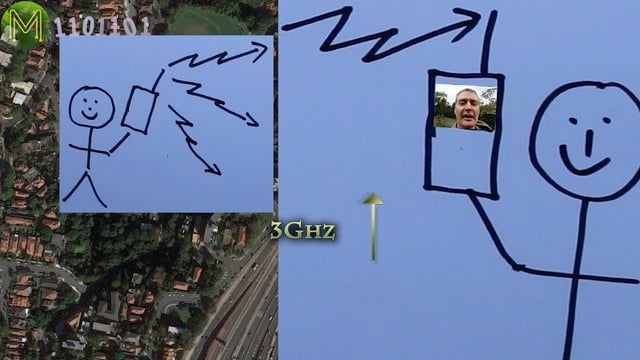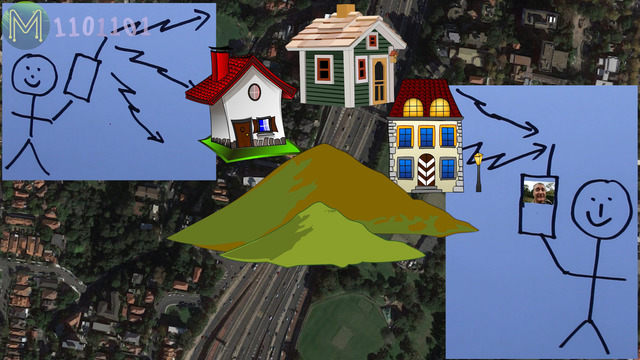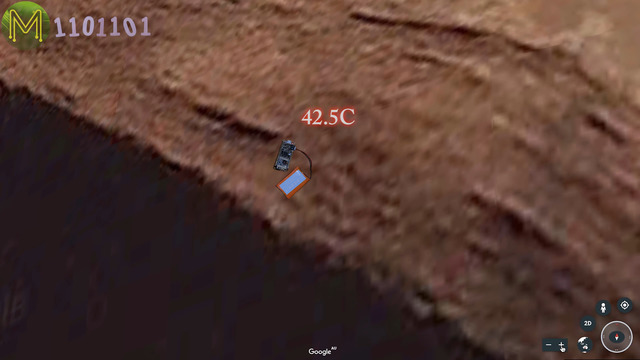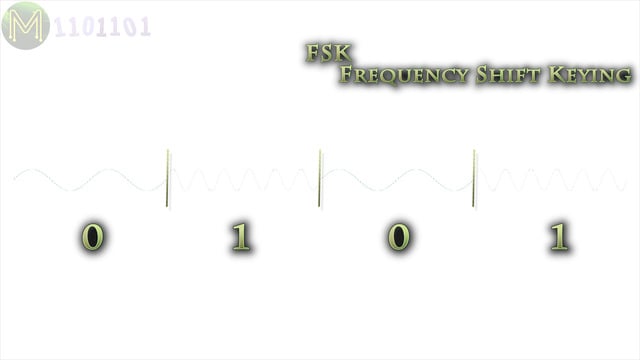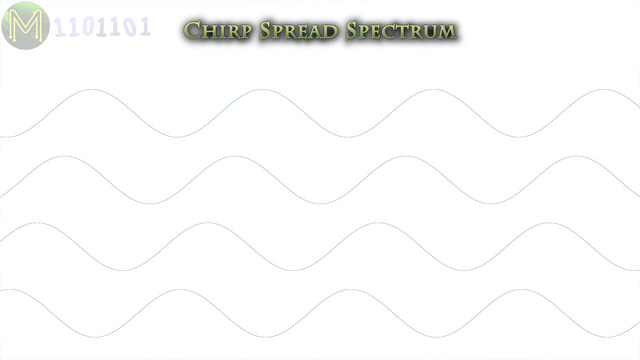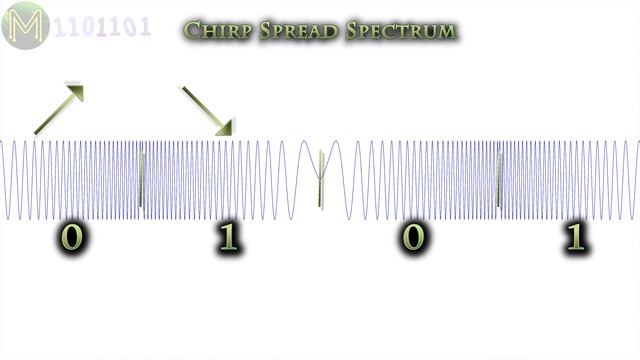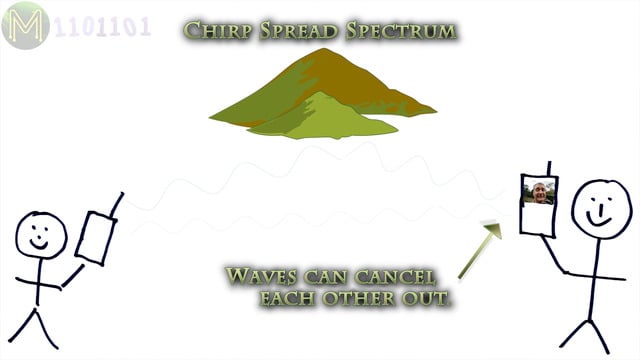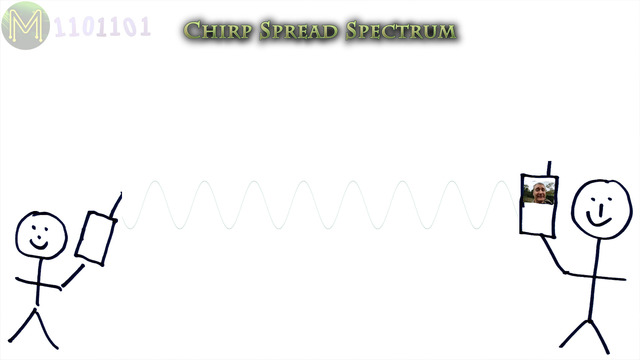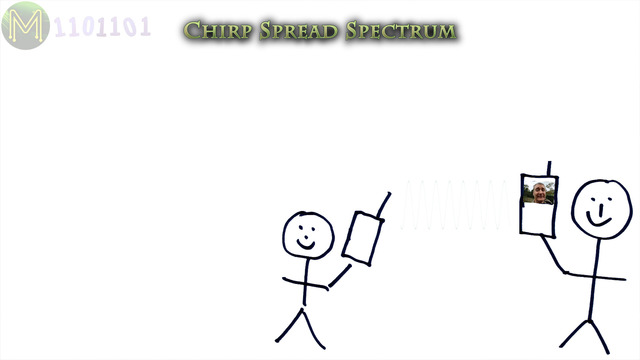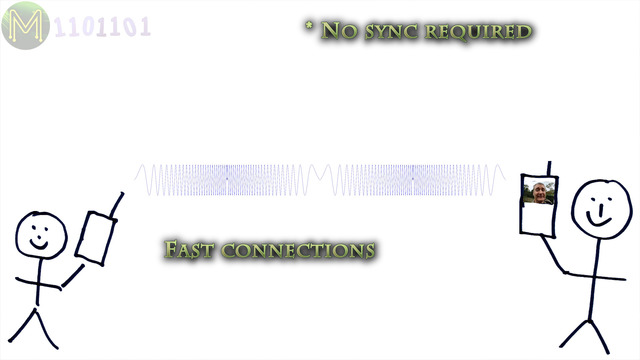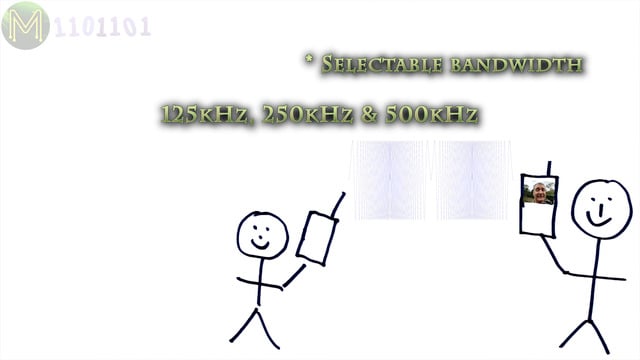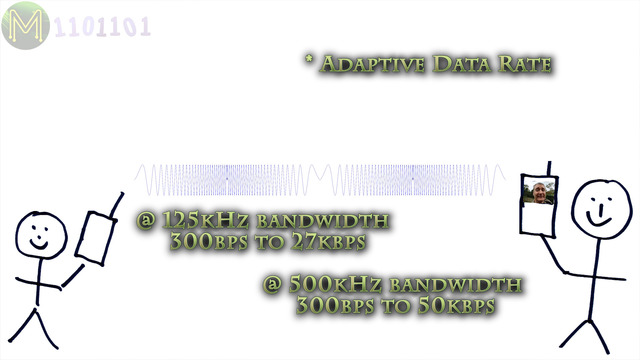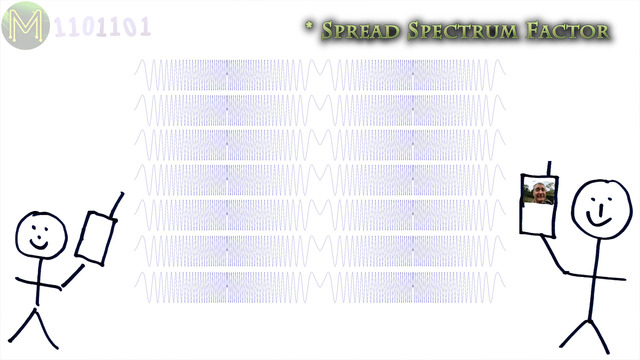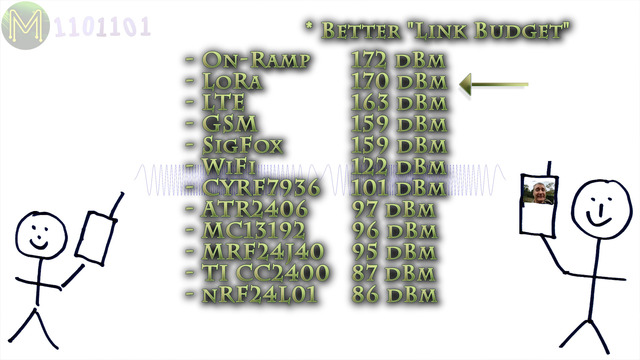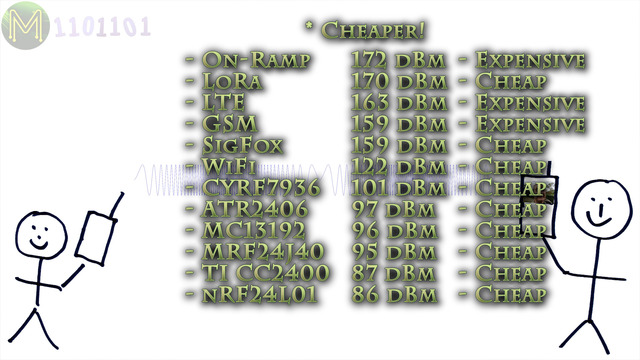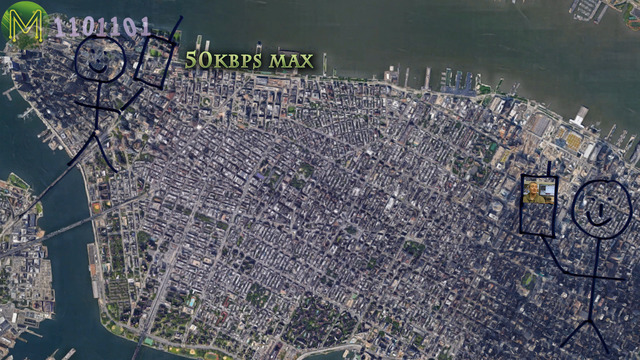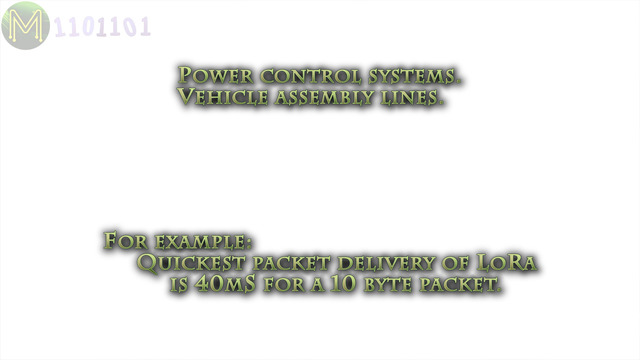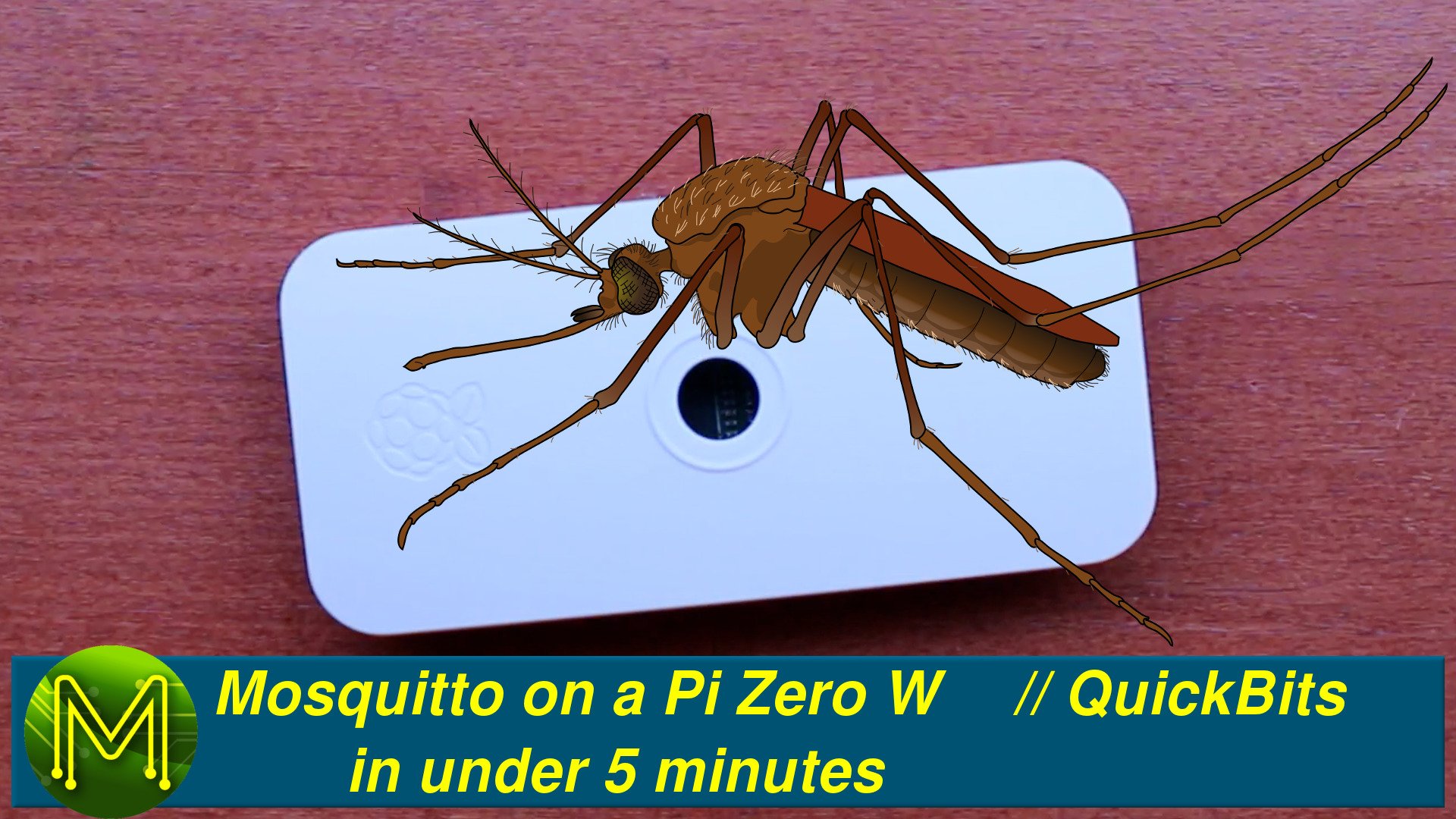What is LoRa? // Technology
This QuickBits video I’ll be taking a look at what LoRa is and why it’s becoming so popular.
What is LoRa?
LoRa is a physical wireless communication sitting at the bottom of the OSI model that allows long distance communication with low power requirements.
Why is low power, long distance a concern?
Well, one of the biggest problems that has plagued wireless communications is range, or how far away a device is able to communicate. For small IoT devices the problem becomes worse.
There are several reasons for this:
Transceiver power vs distance
The further away a device is, the more power that is required to communicate, and when you increase transceiver power you reduce battery life.
Bandwidth vs transmit frequency
The higher the bandwidth, or the amount of data you want to send, the higher the transmitter frequency. The higher the frequency the shorter the range.
Interference
The longer the communication distance, the greater the risk of interference. The more interference there is, the greater the risk of data loss, or reduced bandwidth.
These problems are a big concern to a small lonely device just wanting to transmit sensor data and there have been many different RF modulation techniques developed in the past to overcome this.What is RF Modulation, you ask?
Well, that’s a topic for another video, however there are three basic types, ASK, FSK and PSK.
Amplitude Shift Keying
In ASK modulation, the amplitude of the waveform represents either a binary 1 or a binary 0.
Frequency Shift Keying
In FSK modulation, a change in frequency around a central carrier frequency indicates either a 1 or 0.
Phase Shift Keying
Whereas PSK changes the phase of the amplitude indicating either a 1, or 0.
You can have many combinations of these three to produce other modulation techniques such as QPSK, MSK, DSSS and FHSS, but LoRa is a proprietary modulation technique that uses something similar to the FSK based CSS, or Chirp Spread Spectrum.Spread Spectrum is a technique where multiple signals are transmitted within the same RF channel, which means that the entire bandwidth is used for transmitting data.The chirp part means the frequency modulation changes linearly over time, with either an up-chirp indicating a binary 1, or a down-chirp indicating a binary 0. This change in frequency is called the chirp rate.Main advantages
The one big advantage with using a modulation where frequency changes over time is the reduction, and almost elimination, of interference caused by echos and Doppler shift.
An RF signal can bounce off objects in the same way as audible sound. And can produce echos at the receiver causing interference. Sometimes called Multipathing.
Additionally if you move the sound source at a reasonably fast speed, then this will change the frequency over time, also known as Doppler shift, causing further interference.Since LoRa modulation changes frequency over time this significantly reduces the possibility of interference. Since there’s less chance of interference, then there’s a reduced need to re-transmit data, or “air time”. Reduced “air time” means lower power requirements and therefore longer battery life.
Other advantages
There are also several other advantages to LoRa.
- It doesn’t require synchronization that exists in other modulation techniques. So has a low connection latency with less “air time”, therefore longer battery life.
- Bandwidth is also selectable, so you can choose to have a shorter distance, higher bandwidth link, or a longer distance, lower bandwidth link.
- Additionally LoRa has Adaptive Data Rate techniques that can vary the data rate within the selected bandwidth, for example using a 125kHz bandwidth you can select from 300bps to 27kbps.
- You can adjust the Spread Spectrum factor giving you further control over transmitter power output.
- Since LoRa is based on FSK modulation, the Power Amplifiers used are a lot cheaper and more efficient than other modulation techniques.
- LoRa has much better “link budget” than other cheap RF communications. Link Budget is a complex calculation of efficiency from transmitter to receiver.
- Deployment cost is a lot lower.
Notice that LoRa does have a competitor, which is SigFox.
LoRa disadvantages
So, with all these advantages there has to be some disadvantages?
Well, there are.
- Data Rates - Don’t expect LoRa to be able to deliver High Def video streams over a 10km range. The maximum bit rate you’ll see is 50kpbs.
- Latency - Even though it is a low latency modulation it’s not low enough for applications that demand very responsive real time communications.
Summary
What does this mean for the Maker? Well, it means we now have access to a very cheap, low power, long range wireless transceiver that can be a drop in replacement for things like WiFi, Bluetooth and ZigBee. Some people have even managed to extend the range of LoRa devices to 100s of kms and have uptimes of a year on a small LiPo battery.
Hopefully this has given you an insight into the basics of LoRa. In a couple of followup videos I’ll be taking a look at the benefits of LoRaWAN, and also a couple of LoRa based projects.

